Social Distancing in a Warehouse Environment
Contents
Government guidelines from the Department for Business, Energy & Industrial Strategy, include specific sector advice for social distancing in the workplace. As stated by the government:
“Logistics businesses play an important role in ensuring goods can get to where they are needed and that they can continue to operate if they do so in accordance with the social distancing guidelines wherever possible.”
Social Distancing In Warehouses
If social distancing measures are enforced in your operational environment, then there is no need to halt your logistic operation. Employee safety should always come first, where the employer needs to emphasis and act on new health and safety rulings. Furthermore, to protect your staff, you should remind colleagues daily to only come into work if they are well and no one in their household is self-isolating.
You should also put up signage and floor markings in the warehouse, encouraging a 2-metre distance from colleagues where it is at all feasible.
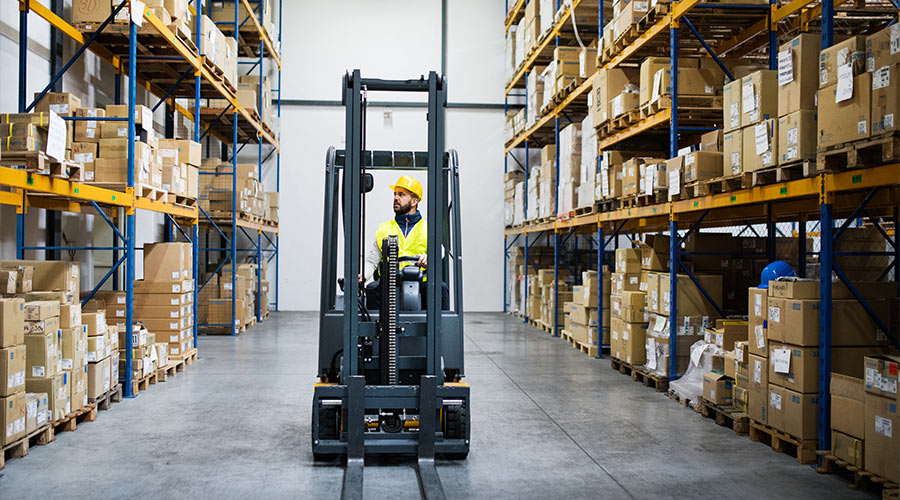
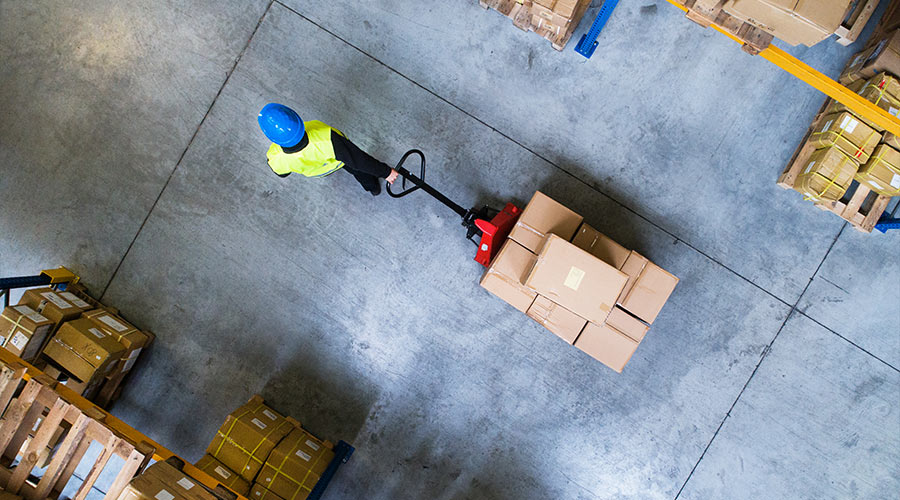
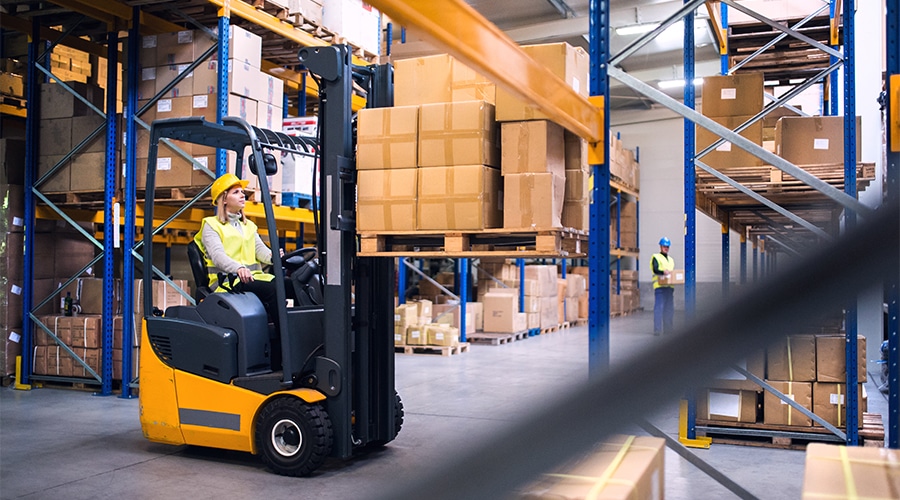
Applying Social Distancing In Your Warehouse
Here are 12 warehouse procedures essential to keeping your employees safe while working in a fast paced environment:
1. Change parts of an employee’s day-to-day job
Employers should consider which activities are essential warehouse work. An employee must take every possible step to reduce the risk of transmission between staff or between staff and the public, so an assessment of their day-to-day work activities is essential. There’s a case to have a health and safety officer on-premise at all times to educate and train staff on new ways to work safer.
2. Check to see if an employee has no signs of illness
A basic employee-to-manager routine should be to reminded staff to only come into work if they are well and no one in their household is self-isolating. At warehouse entrances and rest areas, place large signs containing checklists of workplace safety procedures.
3. Keep your workspace as isolated as possible
Employees should be encouraged to stay 2 metres apart wherever possible. In a warehouse, it’s easy to add bright signage to floors, walkways, aisles and workstations, all enforcing social distancing.
4. Create extra breaks in work time for sanitising and washing hands
Employees should be encouraged to regularly wash their hands with soap and water for a minimum of 30 seconds every time. Extra breaks should be allowed for this and cleaning products available to clean work surfaces and stations.
5. Add more sanitation points
Warehouses should have additional pop-up handwashing stations and hand sanitiser should be considered. Key placement for these additions should be at entrance and exit points of the warehouse.
6. Create a toilet system to stop waiting times and overcrowding
If it is possible, try to restrict the number of people using toilet facilities at any one time. Better signage could help notify the occupational status of the facilities and lower congestion. Signage by water points stating to wash hands before and after using the facilities is also essential.
7. Additional cleaning routines
Enhance the cleaning regimes for your entire warehouse, from toilets and rest areas to workstations. In a larger operational setup, constant cleaning is advised.
8. Break times
Where possible, break times should be staggered. Workers should sit 2 metres apart from each other whilst eating and avoid all contact. Dedicated rest areas should be identified on site and a food waste procedure setup. Cafes and restaurants should remain closed, where an employee can bring their own food and re-fillable drink options. Rubbish collection and storage points should be increased and emptied regularly throughout the day and at the end of each day.
9. Operational team meetings
Reduce the number of people in attendance at site inductions and workplace meetings. A good consideration is holding them outdoors wherever possible.
10. Loading and unloading of goods
Drivers should remain in their vehicles if the load will allow it and must wash or clean their hands before and after loading or unloading goods and materials.
11. Check the warehouse environment
The workplace should be well ventilated, and windows opened to allow fresh air circulation where possible.
12. Stop non-essential employees entering the warehouse
Stop all non-essential warehouse visits from the public and internal office staff.
How Nene Can Help
A company that has a strong logistic setup has a very important role within our economy, ensuring goods can get to where they are needed. There is no reason for this work to stop or be less productive if social distancing is carried out correctly.
Making employees aware of any new working regulations and clearly displaying these is an essential step for a warehouse manager
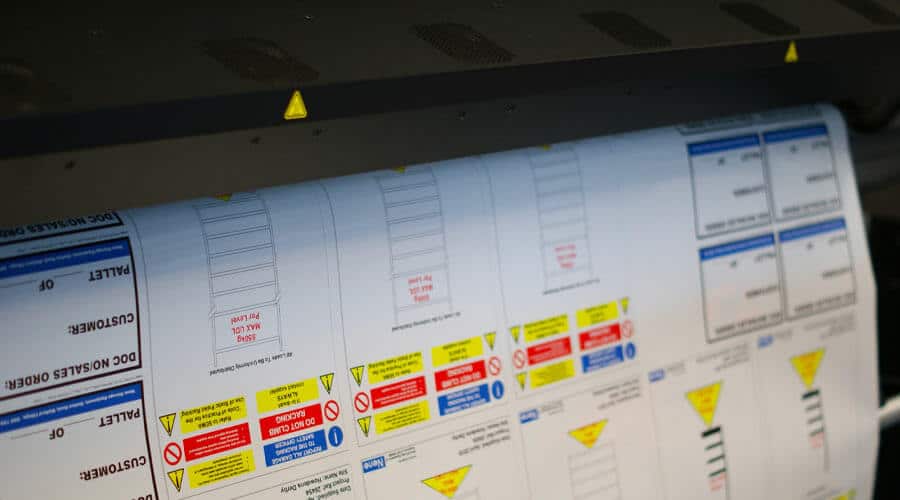
Sign Printing
At Nene we have in-house capabilities to provide branded and bespoke social distancing signage for your workplace. Our team can work with you to create a design or take a standard template to roll out across your business’s environment.
Short lead times are available due to the urgent demand of the signs.
Face Masks
We have a supply of certified face masks available to buy, including KN95 face masks and 3-ply face masks.
Our stock is large but limited.
All masks have a certification that can be provided on required.
Samples are also available on request.

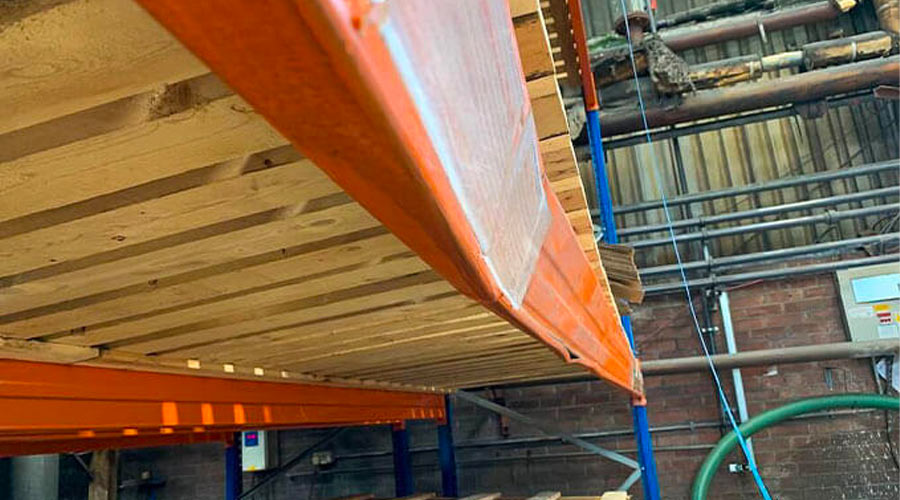
Emergency Racking Repairs
Following any warehouse racking damage, our SEIR qualified, highly experienced team will be on-site within 24 hours organising a ‘Make Safe’ ready to get your business back on track.
Our huge stock holding at Nene means that we can replace your racking without the need to compromise on quality.
Useful Links
https://www.gov.uk/guidance/working-safely-during-coronavirus-covid-19/factories-plants-and-warehouses
UKWA – Social distancing in the workplace during coronavirus (COVID-19)
https://www.ukwa.org.uk/market-intel/social-distancing-in-the-workplace-during-coronavirus-covid-19/
